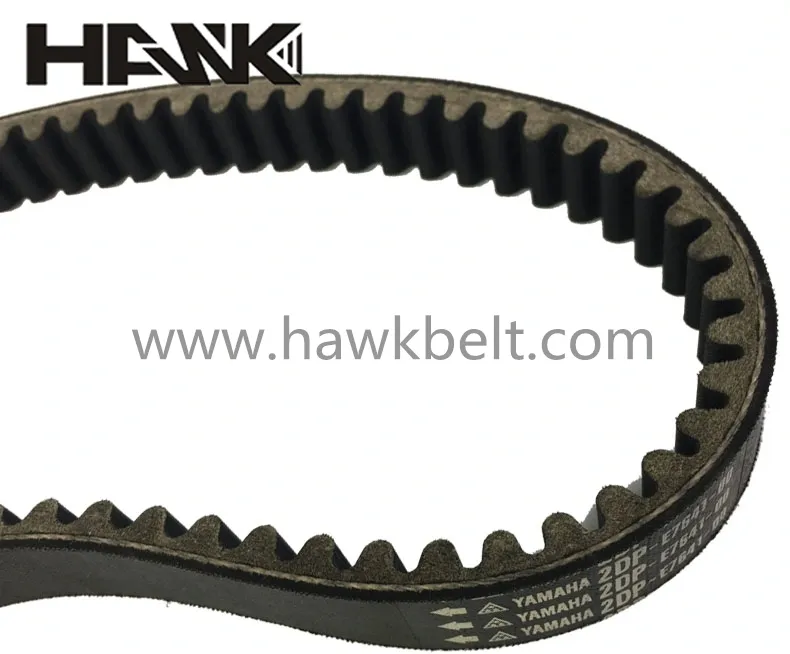- Arabic
- French
- Russian
- Spanish
- Portuguese
- Turkish
- Armenian
- English
- Albanian
- Amharic
- Azerbaijani
- Basque
- Belarusian
- Bengali
- Bosnian
- Bulgarian
- Catalan
- Cebuano
- Corsican
- Croatian
- Czech
- Danish
- Dutch
- Afrikaans
- Esperanto
- Estonian
- Finnish
- Frisian
- Galician
- Georgian
- German
- Greek
- Gujarati
- Haitian Creole
- hausa
- hawaiian
- Hebrew
- Hindi
- Miao
- Hungarian
- Icelandic
- igbo
- Indonesian
- irish
- Italian
- Japanese
- Javanese
- Kannada
- kazakh
- Khmer
- Rwandese
- Korean
- Kurdish
- Kyrgyz
- Lao
- Latin
- Latvian
- Lithuanian
- Luxembourgish
- Macedonian
- Malgashi
- Malay
- Malayalam
- Maltese
- Maori
- Marathi
- Mongolian
- Myanmar
- Nepali
- Norwegian
- Norwegian
- Occitan
- Pashto
- Persian
- Polish
- Punjabi
- Romanian
- Samoan
- Scottish Gaelic
- Serbian
- Sesotho
- Shona
- Sindhi
- Sinhala
- Slovak
- Slovenian
- Somali
- Sundanese
- Swahili
- Swedish
- Tagalog
- Tajik
- Tamil
- Tatar
- Telugu
- Thai
- Turkmen
- Ukrainian
- Urdu
- Uighur
- Uzbek
- Vietnamese
- Welsh
- Bantu
- Yiddish
- Yoruba
- Zulu
aŭg . 22, 2024 04:25 Back to list
Understanding Timing Belt Fundamentals and Applications for Everyday Vehicles
Understanding Timing Belts The Heart of Engine Functionality
The timing belt is an essential component in internal combustion engines, playing a critical role in the synchronization of the engine's moving parts. This article aims to explore the importance of timing belts, their function, and maintenance, thereby shedding light on why they are often referred to as the unsung heroes of automotive engineering.
What is a Timing Belt?
The timing belt is a reinforced rubber belt that connects the crankshaft and camshaft in an engine. Its primary function is to ensure that these two crucial components rotate in harmony, allowing for precise timing during the engine's operation. In essence, the timing belt coordinates the opening and closing of the engine's valves in relation to the movement of the pistons, fundamental for the intake and exhaust cycles.
The Importance of Timing Belts
Without a properly functioning timing belt, the engine would fail to operate efficiently. An incorrectly timed engine can lead to severe performance issues, including misfires, loss of power, and increased emissions. In worst-case scenarios, a ruptured timing belt can cause catastrophic engine failure, resulting in substantial repair costs. Therefore, understanding the importance of timing belts underscores the need for regular maintenance and vigilance.
Signs of Timing Belt Problems
Maintaining an eye out for potential issues with the timing belt can save car owners from costly repairs. Some common signs of timing belt wear or failure include
timing belt viva 1.0

1. Unusual Noises A ticking or slapping sound coming from the engine can indicate a loose or damaged timing belt. 2. Engine Performance Issues Difficulty starting the engine, misfires, or stalling can be symptoms of timing belt problems. 3. Check Engine Light If the check engine light illuminates, it could suggest an issue with the timing belt or related components.
Timing Belt Replacement
Timing belts typically have a lifespan between 60,000 to 100,000 miles, depending on the vehicle manufacturer’s recommendations. It is crucial to adhere to these guidelines to avoid unexpected failures. When replacing a timing belt, it is advisable to also replace the water pump and tensioner, as these components often wear out at the same time and can lead to further issues if not addressed.
The Process of Replacement
The replacement of a timing belt is a meticulous process that requires specialized tools and knowledge. Here is a brief overview of the steps involved
1. Preparation The vehicle is lifted, and components obstructing access to the timing belt are removed. 2. Alignment Special attention is paid to the alignment of the crankshaft and camshaft to ensure proper timing after installation. 3. Replacement The old timing belt is removed, and the new belt is installed, making certain that all components are correctly positioned. 4. Reassembly After the installation, all components and covers are reattached, and the vehicle is tested to ensure proper functioning.
Conclusion
In conclusion, the timing belt may be a small part of an engine, but its impact on vehicle performance is significant. Understanding its role, recognizing the signs of wear, and ensuring timely replacement can not only enhance engine longevity but also enhance overall driving safety. For car owners, regular maintenance checks that include inspection of the timing belt can lead to smoother rides and long-term savings. Remember, an ounce of prevention is worth a pound of cure, especially when it comes to the vitals of your vehicle.
-
Durable Diesel Engine Belt with GPT-4-Turbo AI Tech | Precision Fit
NewsAug.04,2025
-
High-Quality Tensioner Belt Pulley - Durable & Efficient
NewsAug.03,2025
-
Premium Timing Belt Factory | AI-Optimized Solutions
NewsAug.02,2025
-
Premium Custom V Belts Enhanced with GPT-4 Turbo AI
NewsAug.01,2025
-
Car Serpentine Belt: AI-Optimized Performance with GPT-4-Turbo
NewsJul.31,2025
-
Heat Joining Drive Belt | High-Durability Fusion Solution
NewsJul.31,2025

